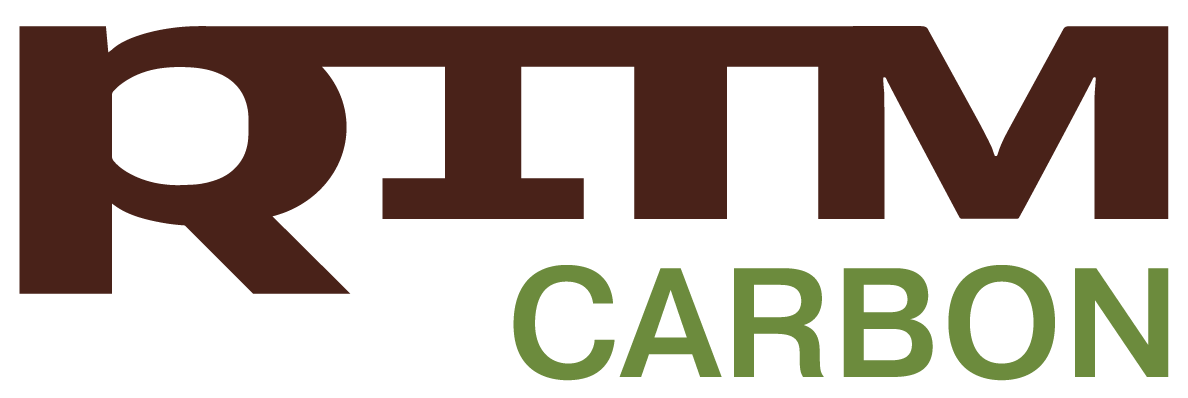S.S. Shinkarenko, S.A. Bartalev. Analysis of the influence of species composition, projective cover, and phytomass of vegetation of arid pasture landscapes on their spectral and reflective properties based on the surface measurements // Current issues of Earth remote sensing from space. 2023. V. 20. No.3. Pp. 176-192. DOI: 10.21046/2070-7401-2023-20-3-176-192.
Abstract: The problem of intensifying degradation of pastures in the south of the European part of Russia caused by unfavorable hydrothermal conditions and unregulated livestock numbers requires the development of approaches to determining the capacity of forage lands by Earth remote sensing methods. The spectral and reflective properties of vegetation are determined by its species, structural, phenological, biophysical, and biochemical characteristics. At the same time, the patterns of influence of these indicators on the spectral response are regionally specific, largely determined by the soil cover. In this regard, it is important to expand the regional coverage of studies of the spectral and reflective properties of various types of vegetation. This study is devoted to determining the spectral reflectance properties of vegetation of natural zonal pastures in the south of European Russia based on geobotanical research and field spectrometry with a PSR-1100f device in the range of 320–1100 nm. Ground survey was carried out in May (the period of maximum green mass of vegetation) 2020–2022 on the territory of natural zonal pastures of the Astrakhan Oblast, Volgograd Oblast, Stavropol Krai, the Republics of Dagestan and Kalmykia. Significant differences have been established between turf grasses, subshrubs and annuals in the visible and near ultraviolet regions of the spectrum. Changing the projective coverage, all other conditions being equal, most significantly changes the spectral properties in the range of 660–670 nm, which is consistent with the results of other researchers. Vegetation indices have been identified that are most suitable for determining the projective cover and aboveground biomass of pasture phytocenoses with the dominance of various species. Continuation of research will make it possible to move from point measurements of spectral, reflective and structural characteristics of vegetation to satellite data of various spatial resolutions.
